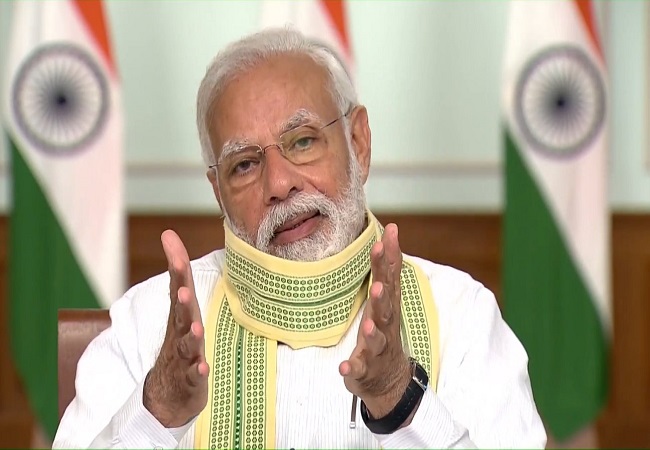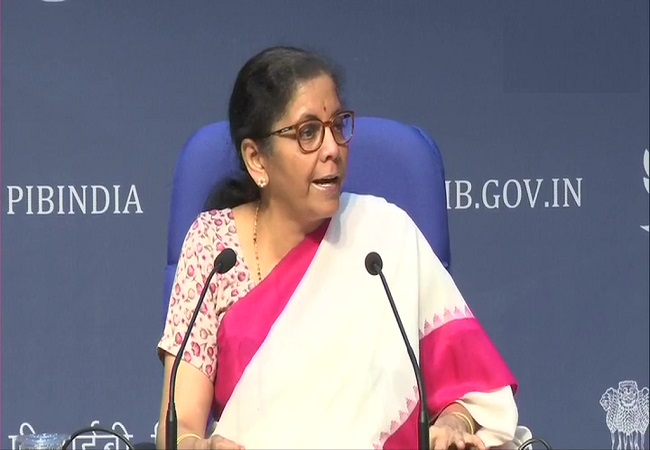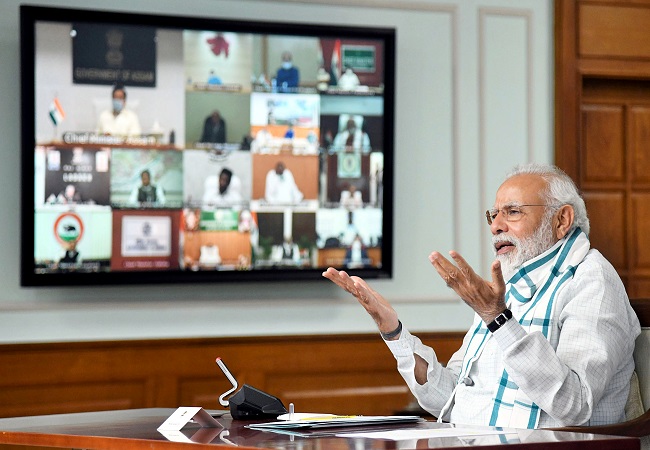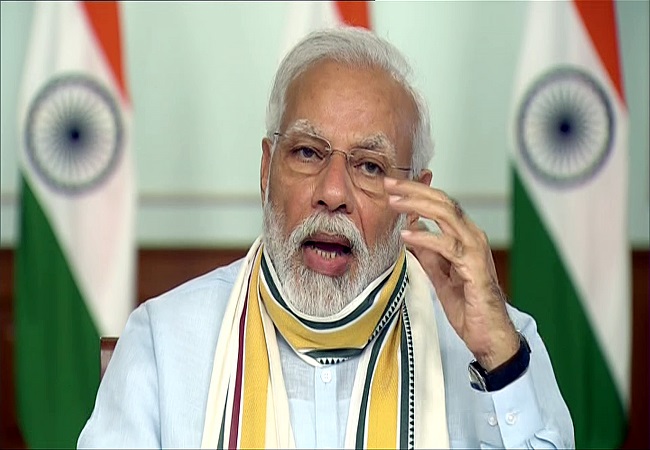
Panchayati Raj Diwas: PM Modi inaugurates e-GramSwaraj portal and mobile app
Over the last week, the only issue under discussion in Indian business circles is about how much more Government of India could have done for reviving the economy which has stalled due to Covid 19. Prime Minister announced the size of the stimulus package as Rs. 20 lakh Crores – close to 10% of the nation’s GDP on May 12, 2020. The figure of Rs 20 lakh crore is also very similar to the entire tax receipts of the central government for FY 2020-21, if the year did not have Covid-19 related problems. Subsequently, Finance Minister provided details of the stimulus package over 5 days. The stimulus package is a mix of fiscal support, monetary support, ease of doing business processes, as well as some fundamental reforms.

The reforms announced by Finance Minister are far-reaching and cover large gamut of activities which most right minded people have been asking for over 3 decades. There are other reforms such as land reforms that are happening at various state level which were not even mentioned. There is no doubt or debate about the need for these reforms. These reforms were needed and they will take India in to a different trajectory going forward. as without them India is stifled. They may require some tweaks and some upgrades going forword. However, there has not been much discussion on these reforms because everyone was focussed on the details of Rs. 20 lakh crores and how much of the stimulus is given to a specific sector and how much of that will be a give away. Who doesn’t like a Give Away?
Much before the Indian stimulus was announced, US, Japan, UK, Europe etc. had already announced their huge packages. The cumulative numbers projected as stimulus seem very large and run in to trillions of dollars. Most of us genuinely believe, that the governments of the rich countries have given away the money to citizens and businesses for them to never return. A GIVE AWAY. It looks that our understanding is not exactly correct. Largest part of the stimulus announced even by rich countries is NOT GIVE AWAY. If we compare the stimulus package of India with other developing countries with similar per capita GDP, the Indian response to COVID 19 seems to be very large as % of GDP as well as areas it covers.
Across the world, stimulus responses vary from 1% of GDP to 12% of GDP as of now. Rich countries seem to have announced larger stimulus packages (5 to 10%) and poor countries have announced smaller packages (2 to 5%). No country seems to have done large GIVE AWAY programs except for really poor people in rich countries. Even forgivable loans seem to be connected to keeping employees for much longer than what the eligibility for a business is putting actual additional burden on the businesses instead of solving their problems. News about some malpractices and mis-management in implementation of these programs in rich countries have also emerged.
The Government spokespersons and economists have been telling on Television and Print that they would like to not spend all their ammunition at one go. They would like to come out with newer support modules at appropriate time depending on how long the Covid 19 pandemic lasts. In that context, I presume, the Rs. 20 Lakh Cr stimulus is not the last stimulus package expected from Government of India.

In almost all countries, stimulus measures have focussed on providing food and relief to the poorest and most vulnerable people till the time Covid 19 pandemic lasts. In rich countries, it is known as social security or social safety net. In India, it has now come to be known as free ration through ration shops and money transfer through Direct Benefit Transfer (DBT) using Jan Dhan account model.
The second common factor in the stimulus packages has been the money to be spent on providing and improving health care available to citizens. Indian response to Covid 19, across states has been generally commendable given the real tough situation, even the most rich countries find themselves in. It is a testimony as much to the skills and commitment of Indian medical professionals but also of the hard work put in by non-state actors across India. With all this praise, we need to also praise the Governments at Center and State. Despite difficulties, they have been providing as much support as possible to everyone. Given the new infections coming up at faster rate, we have a long way to go.
The third common factor across all stimulus is supporting small, formal and informal businesses. Even US is struggling to provide loans to the SMEs currently. They had to bring two tranches for approval and are not able to meet most requirements. These are loans and not give away. There are reports that 30 to 50% of all small businesses across all economies will find it difficult to survive. They also generate large number of jobs in Informal sector.
There are other areas of support given by way of delays in tax payment, interest payment moratorium, loan guarantees for SMEs, cutting benchmark rates, infusing huge liquidity in to the baking system with a hope that they will on-lend to industry, giving loans or guarantees to support strategic businesses like airports, airlines etc which have seen their fortunes dwindle etc. China, the first affected country with tremendous resources at its disposal seems to be announced very little except some monetary stimulus as of now.

In effect, the large scale give away doesn’t seem to have been given by rich or poor countries to any significant level in any country as a response to Covid 19. Government of India seems to have studied many of these models that were announced beforehand and tried to create its own response within the constraints it has. Its hands are further tied due to the direct and indirect tax income going down drastically due to the stoppage of economic activities across the country. The Government of India has also tried to reduce its own costs by cutting down increases in DA for its employees, reducing the MP salaries, perks and other expenses etc. Many more cost cutting measures are expected to be announced by Center and state governments given the difficulty of managing increasing fiscal and revenue deficit. Monetisation of deficits, cannot be resorted lightly as it will have implications on future inflation as well as on the expected interest rates. Many economists and commentators have mentioned that Government announcement on stimulus of Rs 20 lakh crores tries to resolve only supply side issues. There is nothing to bring in additional demand. It could be done by way of putting money in the hands of people – without work or by creating large scale infrastructure projects creating demands for manpower and goods alike. I hope, Government is working on the demand revival side packages without hurting the fiscal discipline too much.
((The writer is MD & CEO, BSE. Views are personal))




